Traditional bamboo raft race highlights Duong Huu’s Independence Day celebrations
BAC NINH - Every year on National Day, September 2, the highland commune of Duong Huu in Bac Ninh province comes alive with cheers and drumbeats during the traditional bamboo raft race on Khe Chao Lake. The event, deeply rooted in local culture, combines competitive excitement with community pride, attracting both residents and visitors.
Preserving tradition
For generations, people in Long Son (now merged with Duong Huu) recall the bright flags, pounding drums and enthusiastic cheers that once defined the bamboo raft race.
 |
|
Raft racing on Khe Chao Lake. Filed photo. |
In the past, villagers built simple rafts from bamboo and rattan to cross rivers or catch fish. Over time, these utilitarian rafts evolved into cultural symbols, woven into the community’s identity.
To honor their ancestors and revive tradition, Long Son launched the annual raft race in 2007, timed with National Day. Since the administrative merger, the newly formed Duong Huu commune has maintained the event, turning it into a cultural brand that locals proudly associate with Independence Day.
This year marks the 16th edition of the race, coinciding with the 80th anniversary of the August Revolution and National Day. With its 28-hectare lake surrounded by pristine forest, Khe Chao provides an ideal natural stage, drawing crowds of villagers and tourists.
According to Khuc Van Sinh, Vice Chairman of Duong Huu Commune and deputy head of the festival organizing committee, the 2025 race is bigger than ever.
In the past, only five hamlets of Long Sơn competed, but now all 13 hamlets of Duong Huu are represented. Each team consists of five official members—one commander and four rowers—plus reserves.
After preliminary and semifinal rounds, the three best teams advance to a 500-meter final. Strict rules require rafts to keep a two-meter distance, forbid paddles from touching and ban physical interference. The commander gives directions but cannot row. These fair rules ensure transparency and competitive drama.
In the weeks before the race, excitement spreads through the villages. Men practice rowing, women sew uniforms and prepare flags, while drums, gongs and cymbals echo in the distance.
This year, several teams are competing for the first time, bringing fresh energy. Experienced rowers from other hamlets have volunteered to coach newcomers, adding to the sense of solidarity.
Cultural significance and tourism potential
Beyond the cultural meaning, the race is carefully organized with prizes to encourage participation. Thirteen awards worth a total of 17.5 million đồng will be presented, offering both material and symbolic recognition.
“The Khe Chao raft race is not only a folk sporting event but also a distinctive tourism product,” said Vice Chairman Khuc Van Sinh. “It helps promote the commune’s image, strengthens solidarity and encourages community-based tourism tied to cultural preservation.”
The raft race is more than a competition—it embodies collective spirit, teamwork and ancestral gratitude. Each team symbolizes cooperation, resilience and the drive to overcome challenges. By passing down this tradition, the community educates younger generations about unity and heritage.
The festival also boosts local tourism. With Khe Chao Lake’s pristine scenery and surrounding forests, the event attracts visitors eager to watch the race and join side activities such as folk singing, traditional cake-making contests, local cuisine tasting or simply walking in the woods.
Over nearly two decades, what began as a revival effort has grown into a signature cultural-sporting-tourism event of Duong Huu. In 2025, the celebration carries special weight as the country marks the 80th anniversary of independence. The festival reflects not only local pride but also the aspirations of ethnic communities for progress and development.
 Bắc Ninh
Bắc Ninh
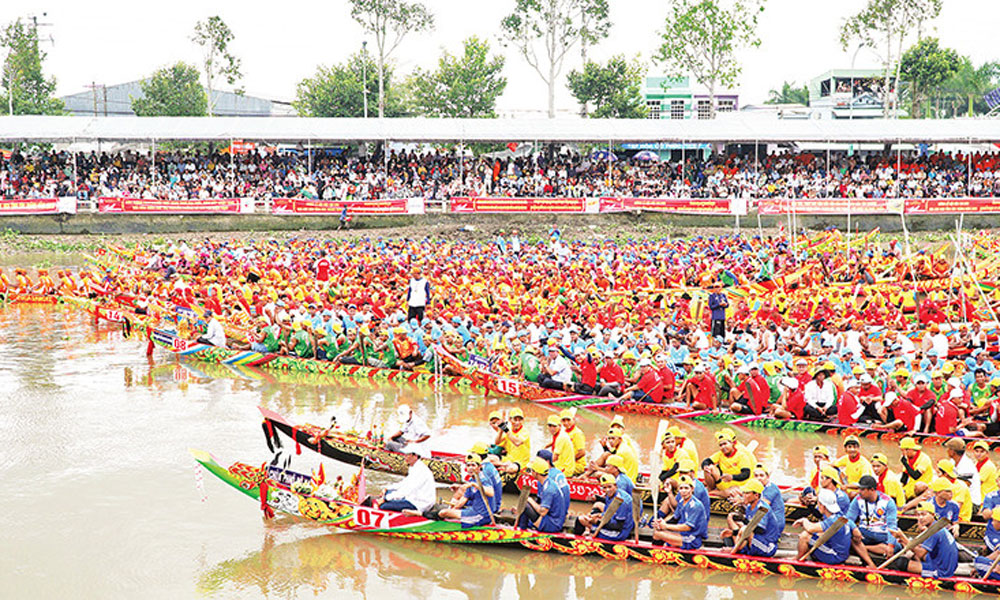
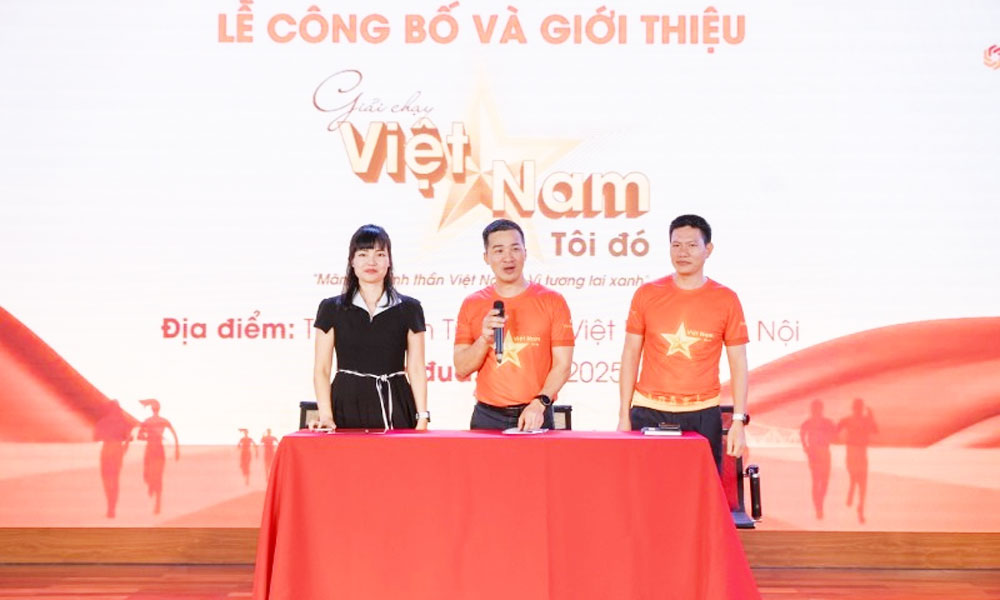
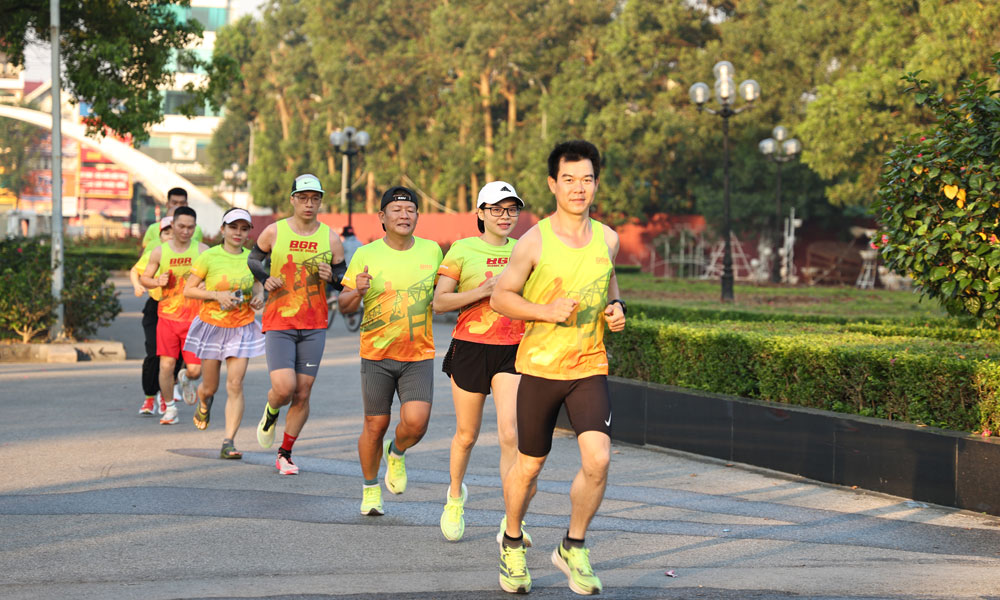

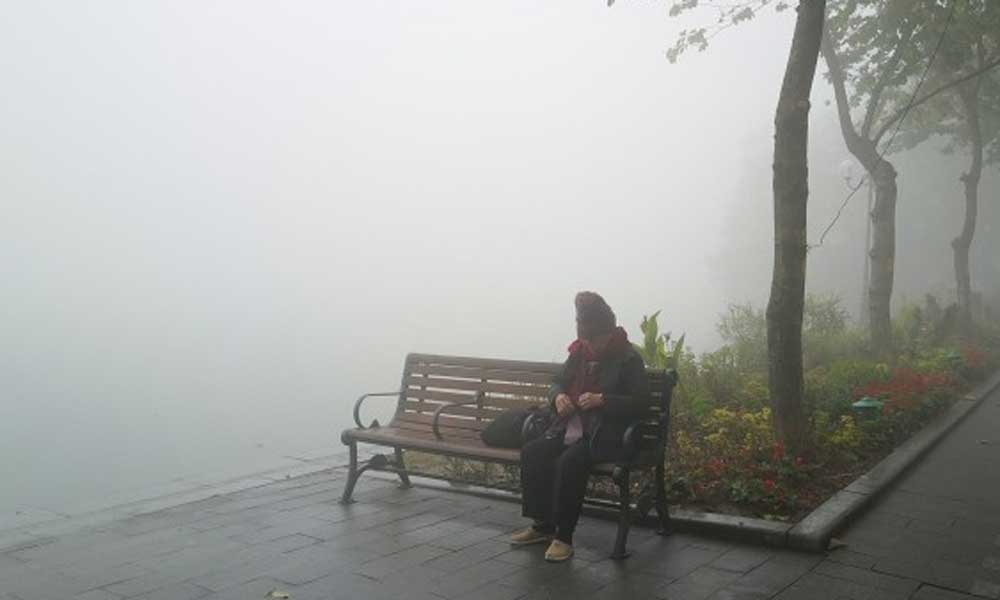




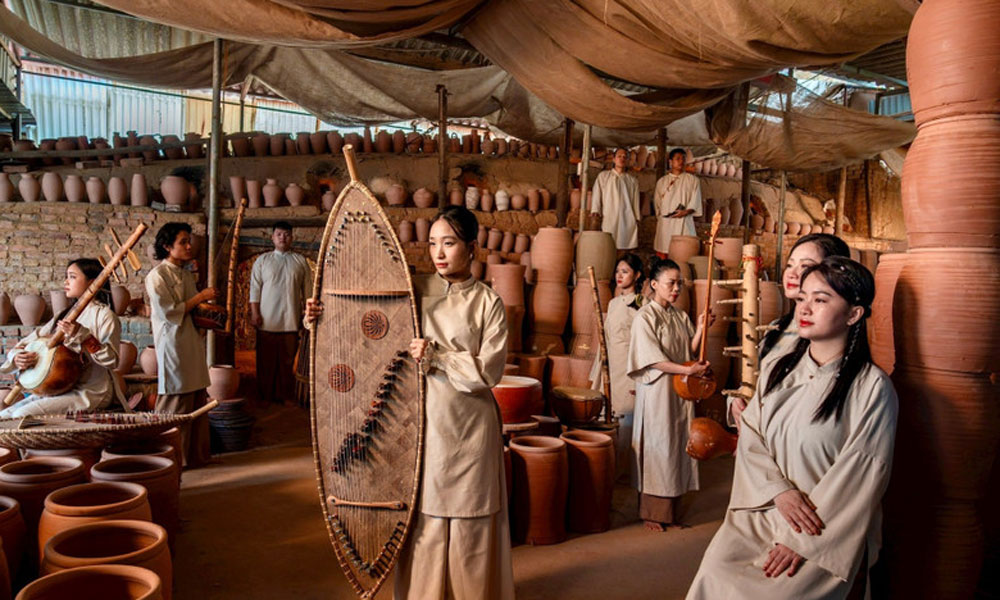
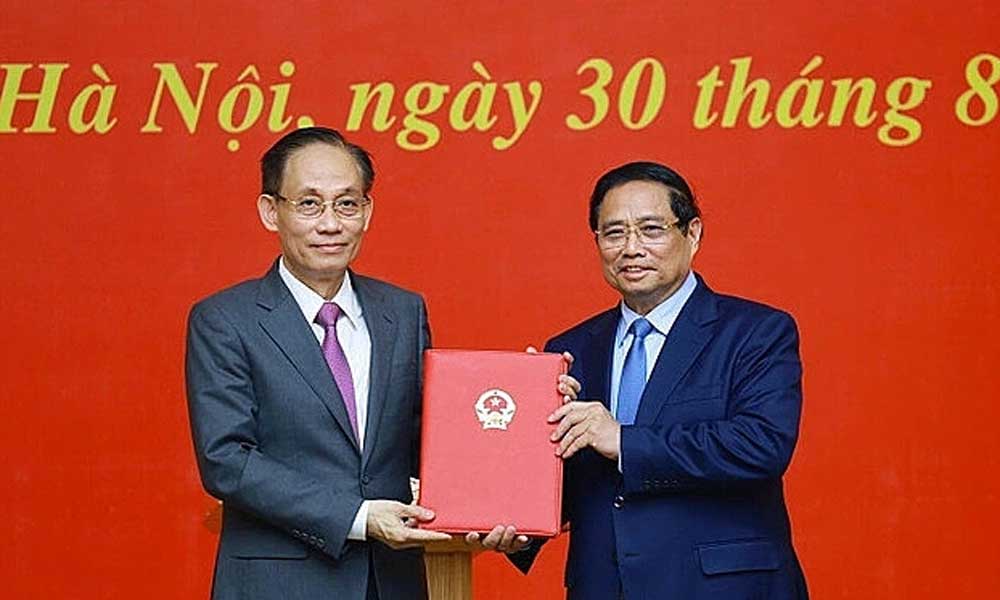

Reader's comments (0)